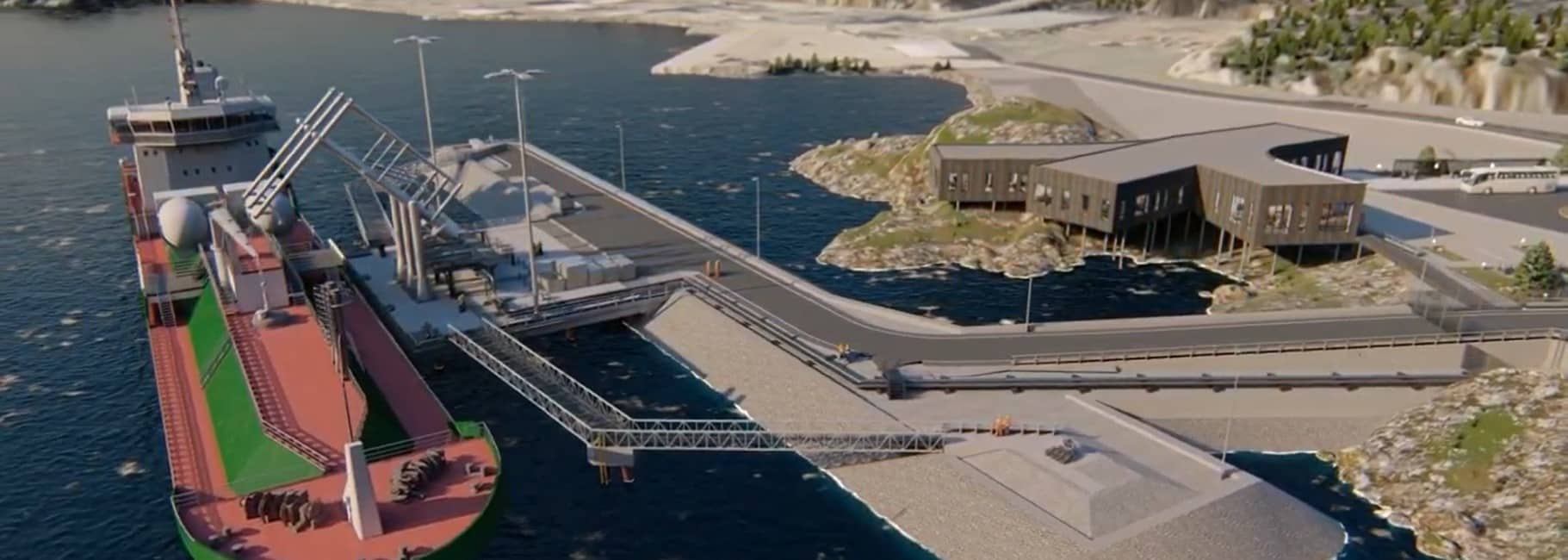
Northern Lights : a huge project to store geologically CO2
In collaboration with Equinor and Shell, TotalEnergies is developing a project in Norway to transport and store CO2 in underground geological formations located off the Norwegian coast.
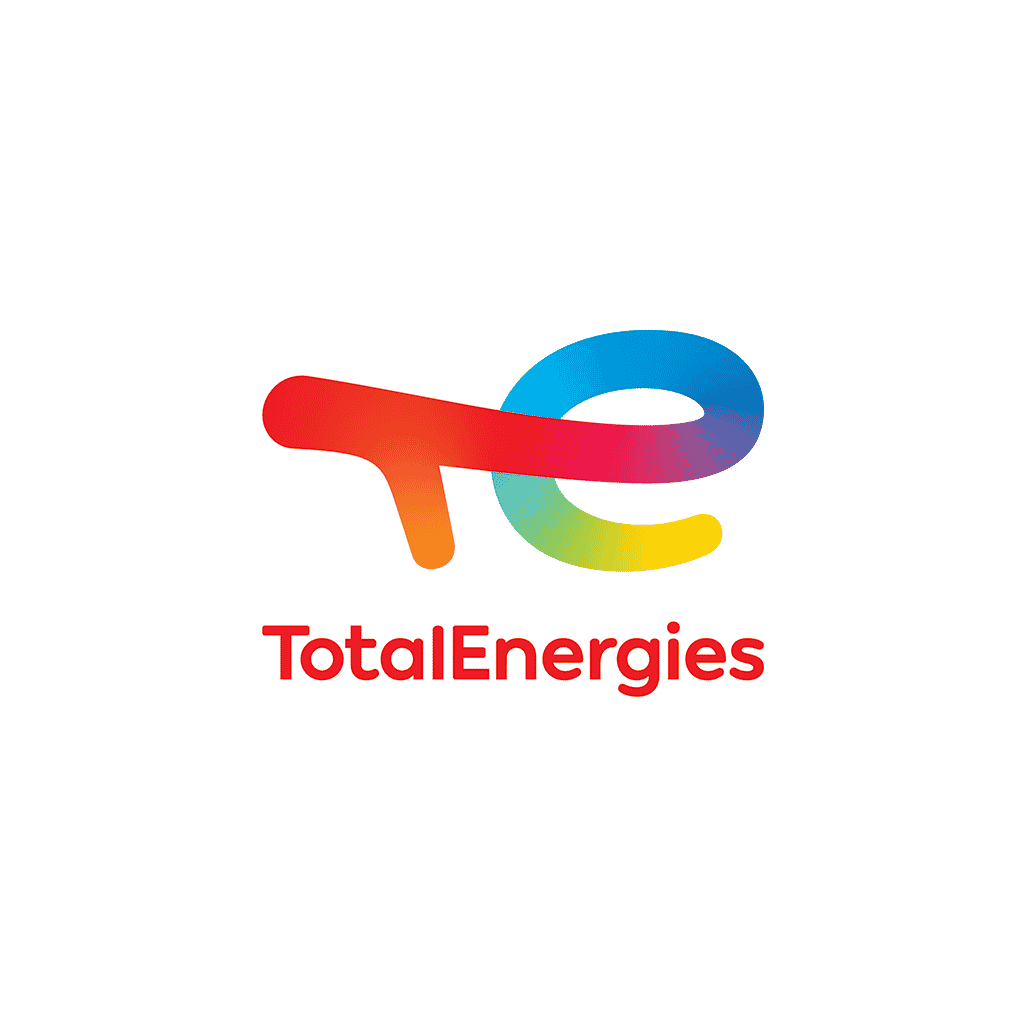
The BaCaSi project plans the sustainable management of a 55,000-ha site made up of damaged grasslands exposed to regular bush fires, as part of the National Afforestation Program (ProNar) initiated by the Congo.
The aim is to plant a new 40,000-ha carbon sink that will capture 12 million tCO2eq over 35 years.
The operation, due to last 35 years, includes:
on which the project has a significant impact
Emissions Absorptions : Afforestation of a surface area of 40,000 ha
Quantification :
/
$250 M over 35 years
The Republic of the Congo, the Plateaux department (Batéké plateau)
November 2021
The project will help preserve the gallery forests found on site, particularly through the implementation of firewalls and surveillance of the site.
The project will be developed in association with the local communities and indigenous people, who will benefit from the agroforestry perimeter. The project will generate direct and indirect employment, and a local development fund will support actions in favor of neighboring villages in the areas of health, nutrition and education.
The acacia-cassava model developed in the frame of the BaCaSi project has already been tested in the sub-region. It can be replicated on damaged grasslands.
Forêt Ressources Management through its Congolese subsidiary Forest’Neutral Congo
https://totalenergies.com/fr/formulaire-de-contact

In collaboration with Equinor and Shell, TotalEnergies is developing a project in Norway to transport and store CO2 in underground geological formations located off the Norwegian coast.
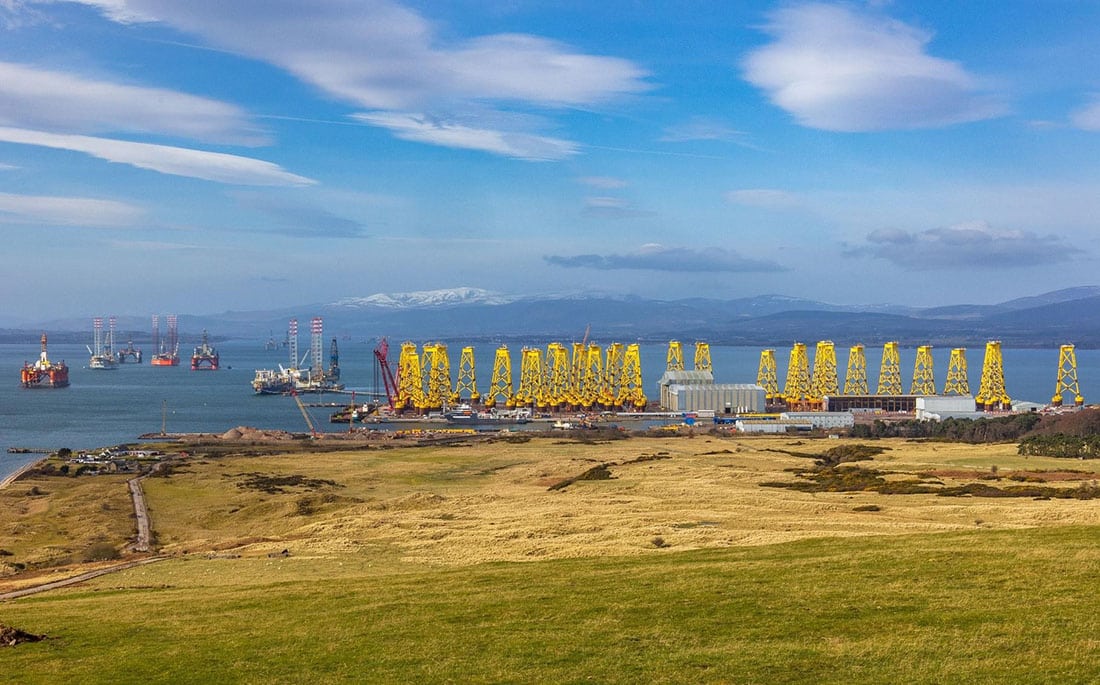
The Seagreen Offshore Wind Farm project aims at generating green electricity from wind energy. Seagreen will be Scotland’s largest …
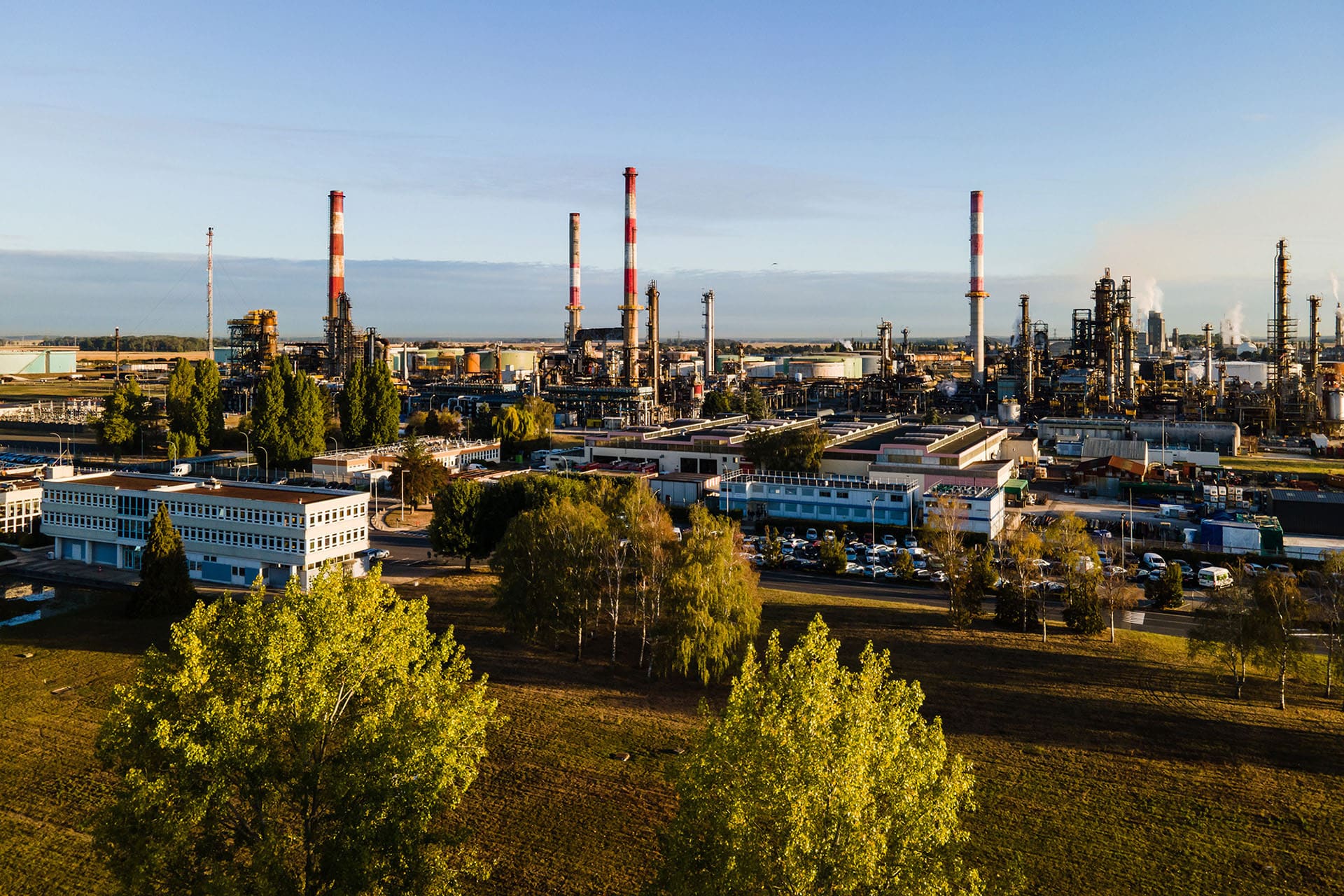
TotalEnergies is launching a project to transform its Grandpuits refinery into a biorefinery, by installing a production…
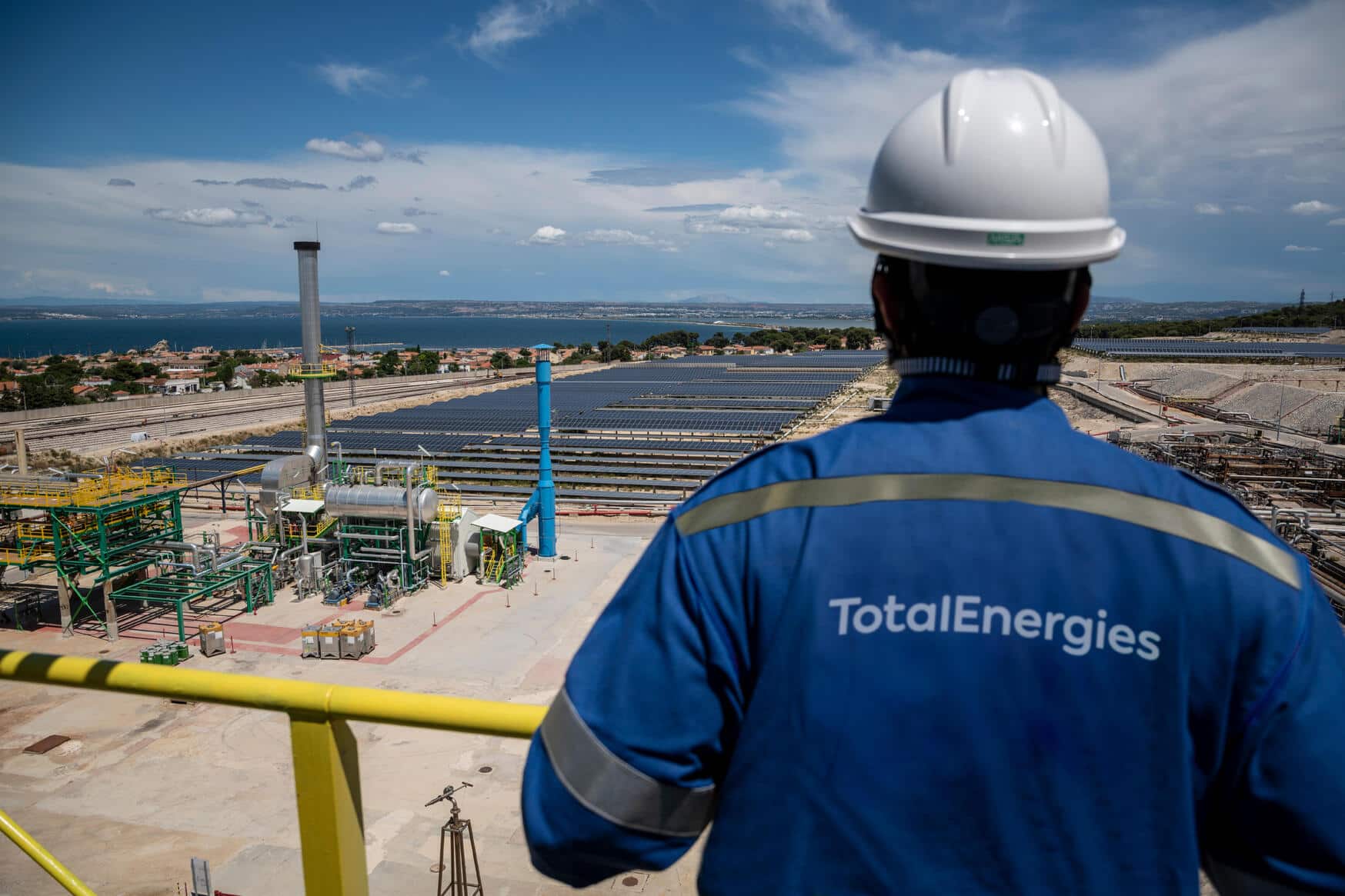
The Masshylia project aims to produce green hydrogen from solar photovoltaic energy to initially supply the TotalEnergies biorefinery in La Mède. This is the first large-scale…
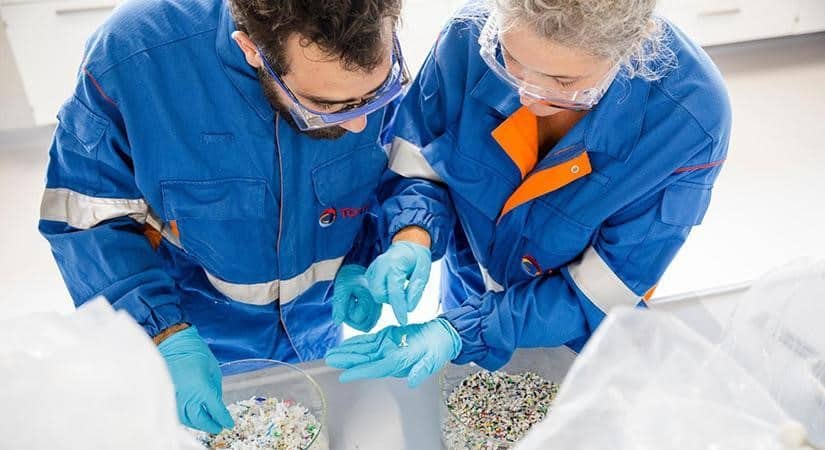
Lanzatech, TotalEnergies and L’Oréal have developed an innovative solution to reduce the carbon footprint of Polyethylene (PE). They have achieved a world first in..
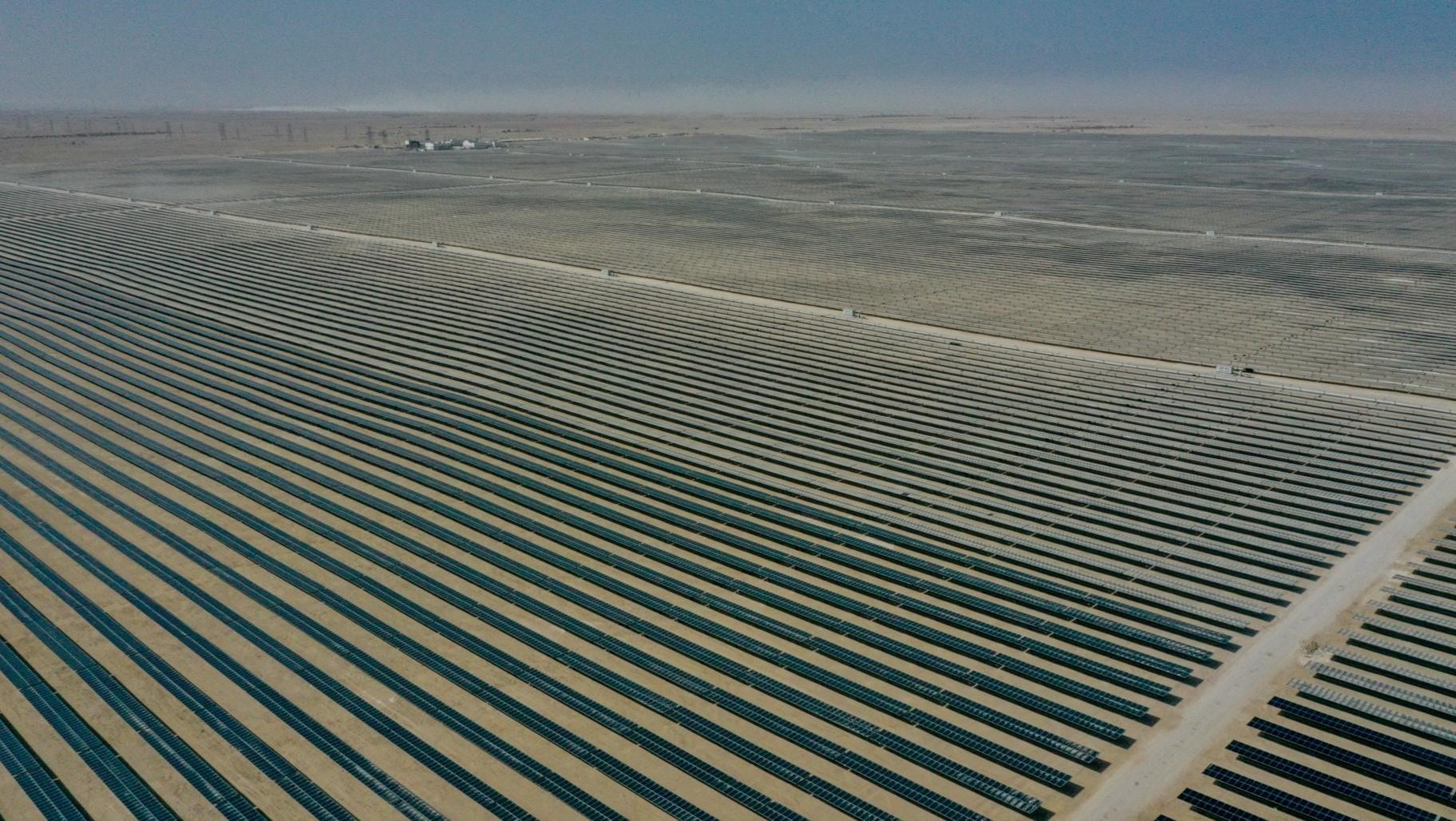
Al Kharsaah is the first utility-scale solar power plant in Qatar and will help reduce Qatar’s CO2 emissions while meeting its increasing electricity demand …

The project consists in building three gigafactories for the production of battery cells and modules for electric vehicles (EV).
AFEP (Association of French large companies) is an association representing 111 of the largest companies operating in France. It participates in the public debate with the ambition to provide pragmatic answers in favour of the development of a competitive and sustainable French and European economy, conducive to the growth of all companies.